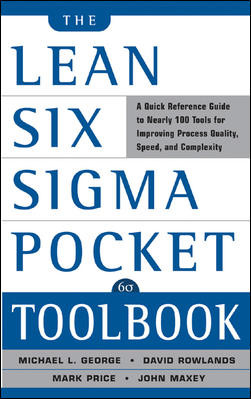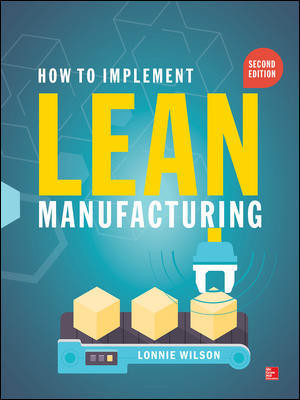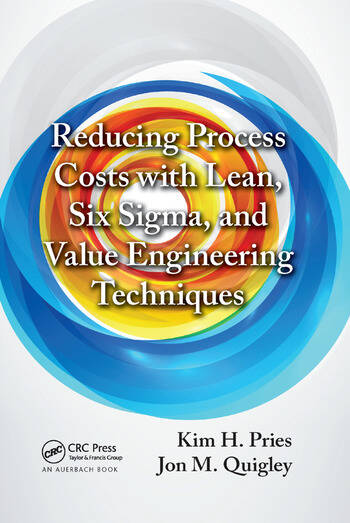Leading Lean: Consistency Erodes Skepticism
Lean change agents often mistakenly believe that companies make decisions. They don’t. People do. It just so happens that companies are made up of people. When you become a lean change agent, you will quickly realize that many of these people are active skeptics. As a card-carrying skeptic myself, I thought mapping a route through the terrain of skepticism might be useful.
First, begin with an understanding and appreciation for the skeptic’s point of view. It may be based on past negative experiences that foiled a genuine desire to see things work. If you dismiss that point of view as invalid, you will defeat your own cause. Second, accept that neither logic nor motivation will defeat skepticism. Skeptics generally understand the potential benefit from lean, but-for whatever reason-believe that things will not turn out as wonderfully as you propose.
Here’s the great news about skeptics. When they do turn in your favor, they become a much more powerful force for change than you may ever be. Consistency is the key to overcoming skepticism. Consistency in following the planned course provides dependability that the skeptic can lean on. Conversely, departing from the planned course feeds skepticism.
I was once engaged in lean as a manufacturing manager where a very tough union leader took great responsibility for those in his area. He was a skeptic for good reason; he had heard all this drivel before. After many months of following the planned course consistently, he finally turned the corner. When he stood up in front of the union membership in support of what we were doing, none of us could have anticipated the wave of encouragement and excitement. For the next two weeks I heard “if he’s on board, so am I” throughout the plant. So how can you-the lean change agent-maintain consistency in lean? These four tactics will serve you well.
First, begin by tapping into the insights of the skeptics. The objective is not to turn them around, but to understand their viewpoint. These insights are priceless for charting an effective course forward, because they will point to potential danger points in your journey.
Second, act with integrity. I don’t mean moral and ethical integrity, although those are certainly essential. I mean that, although we always try to practice what we preach and walk the lean talk, there will be times when we fail to live up to the lean principles. When those setbacks occur, it’s human nature to keep quiet and hope that no one notices. Instead, we must be the first to acknowledge our shortcomings-in public. By being first to call attention to a setback, we disarm the skeptics’ motto of “see, I told you so.”
Third, undersell what you plan to deliver, and then meet or exceed the commitments. If you promise that lean will allow people to contribute to improving their own work, then you must deliver on that promise. If you promise shorter lead times, then you must make that happen. Avoid such promises as “everyone will get their way,” and “all the problems will disappear.” You’re likely to end up with a major problem when you fall short.
Fourth, make your message consistent. If we sing a different tune each week, that will drive the skeptics further and further away. Develop some talking points and use them in all your formal communication, whether it is in presentations or e-mails. Use them in your hallway conversations. Consistency erodes skepticism.
Remember one thing through all of these tactics. Your primary focus must be on moving forward, not on converting the skeptics. Winning over the skeptics will be a byproduct of your efforts. Forward progress is your ally, and that progress will transform the skeptics into your partners in change.
Jamie Flinchbaugh is a founder and partner of the Lean Learning Center in Novi, MI, and the co-author of The Hitchhiker’s Guide to Lean: Lessons from the Road. He shares his successful and varied experiences of lean transformation as a practitioner and leader through companies such as Chrysler and DTE Energy. He also has a wide range of practical experience in industrial operations, including production, maintenance, material control, product development and manufacturing engineering. Jamie is a graduate fellow of the Leaders for Manufacturing Program at the Massachusetts Institute of Technology, where his research thesis was on implementing lean manufacturing through factory design. He also holds a B.S. in Engineering from Lehigh University in Bethlehem, PA, and an M.S. in Engineering from the University of Michigan. To contact Jamie directly, go to the web site www.leanlearningcenter.com.
Looking for a reprint of this article?
From high-res PDFs to custom plaques, order your copy today!





